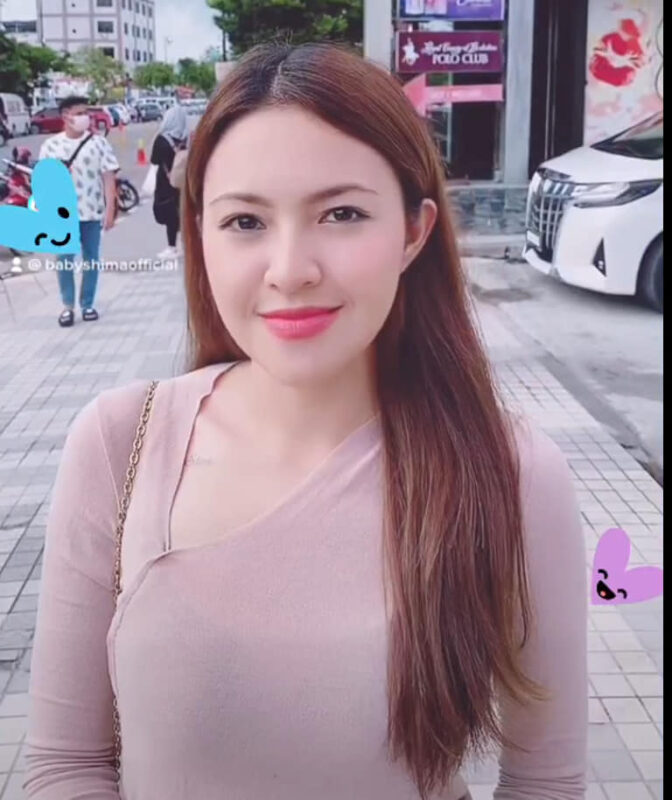KENAPA RAMAI BENCI BABY SHIMA? PENYANYI ITU AKUI TAK KUAT

KENAPA RAMAI BENCI BABY SHIMA? PENYANYI ITU AKUI TAK KUAT
“Kadang terfikir juga kenapa ramai benci Shima. Sedangkan, Shima tak pernah kacau orang lain. Tak pernah kacau rumah tangga orang, keluarga orang. Tak pernah juga minta duit mak ayah anda semua. Tak pernah!” demikian luah penyanyi Baby Shima.
Ia berikutan dakwanya yang dia rasa hairan kenapa begitu ramai orang yang membenci dirinya sejak belakangan ini.
“Anda boleh memalsukan senyuman, tetapi tidak perasaan,” tambah Shima menerusi satu hantaran mengenai bayangan perasaannya di IG.
“Terus-terang Shima cakap, Shima dah tak kuat dengan apa yang dilalui sekarang. Boleh tak kamu semua rasakan apa yang Shima rasa?” soalnya.

Selanjutnya, meskipun ada yang memberi semangat agar dia terus kuat termasuk rakan artis seperti Wani Kayrie, komposer dan penyanyi, Harry Khalifah atau Apak dan pelakon, Erry Putra… namun ada juga netizen yang berterus terang mendakwa antara punca Shima dibenci kerana gelagatnya di media sosial.
Eh… Betul ke? Agak-agak gelagat yang macamana tu ya?

KENAPA RAMAI BENCI BABY SHIMA? PENYANYI ITU AKUI TAK KUAT
Disyorkan Untuk Anda :
- “Fitnah terus jadi kempen pihak pembangkang” – Najib
- Timbalan Pengerusi Giat Mara kantoi memfitnah
- UMNO tidak lemah – Tok Mat Hasan
- EKSKLUSIF!!! Pemilik gerai kesal Kelab Che Det memfitnah kehadiran Najib
Lawati Laman Facebook kami


![Dr Say Shazril Dikecam Netizen Selepas Promosi Jenama ‘Boikot’? [VIDEO]](https://my-tv.online/wp-content/cache/thumbnails/2024/09/0B82FEBF-CE1B-4186-9787-BC39D19C38F2-750x422-1-390x220-c.jpeg)
![Uyaina Arshad ‘Sound’ Netizen Titip Doa Dia Bakal Nikmati Makanan Di Penjara? [VIDEO]](https://my-tv.online/wp-content/cache/thumbnails/2024/09/Snapinsta.app_459825905_18469601698049205_4539983733446529621_n_1080-e1726802127572-750x494-1-390x220-c.jpg)
![Gelagat Tengku Hassanal Pergi Camping & Masak Kerang [VIDEO]](https://my-tv.online/wp-content/cache/thumbnails/2024/09/Untitled-design-38-750x422-1-390x220-c.jpg)
![Tengku Ahmad Ismail Bergambar Dengan Cinta Hati [VIDEO]](https://my-tv.online/wp-content/cache/thumbnails/2024/09/Untitled-design-36-750x422-1-390x220-c.jpg)